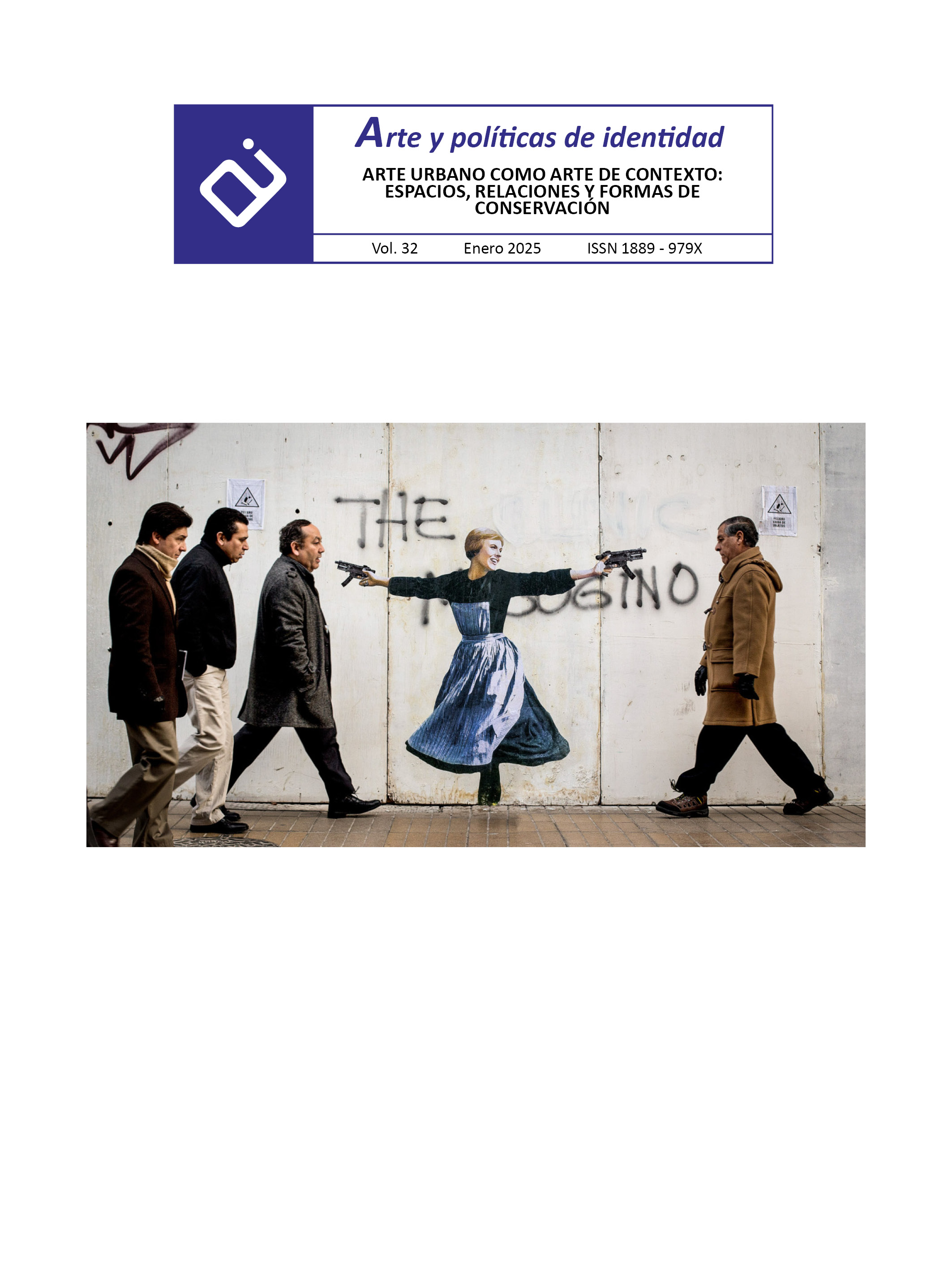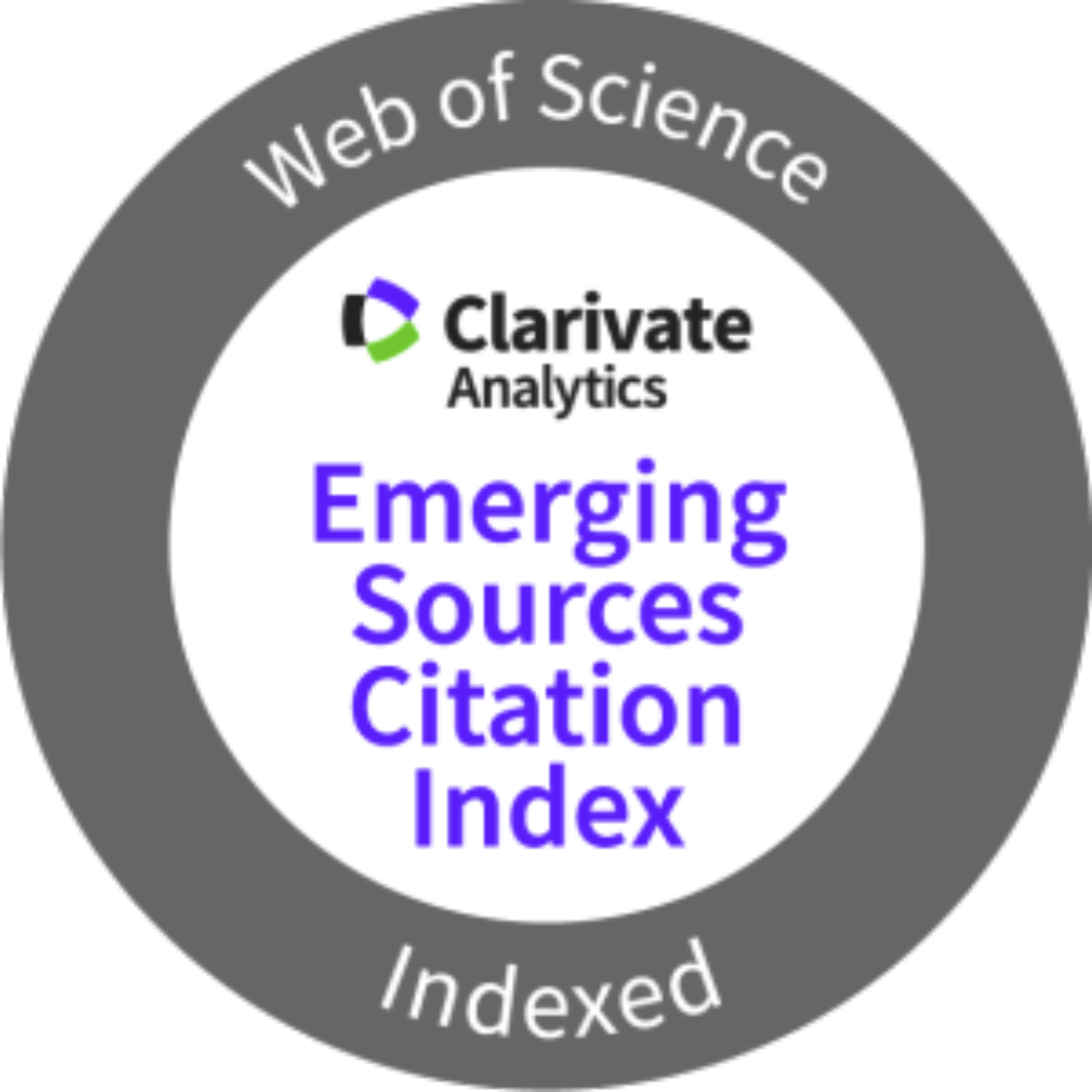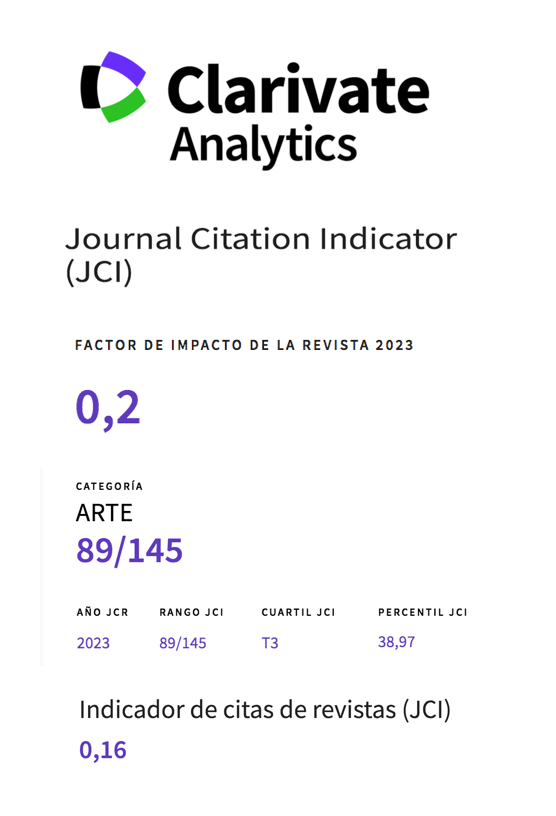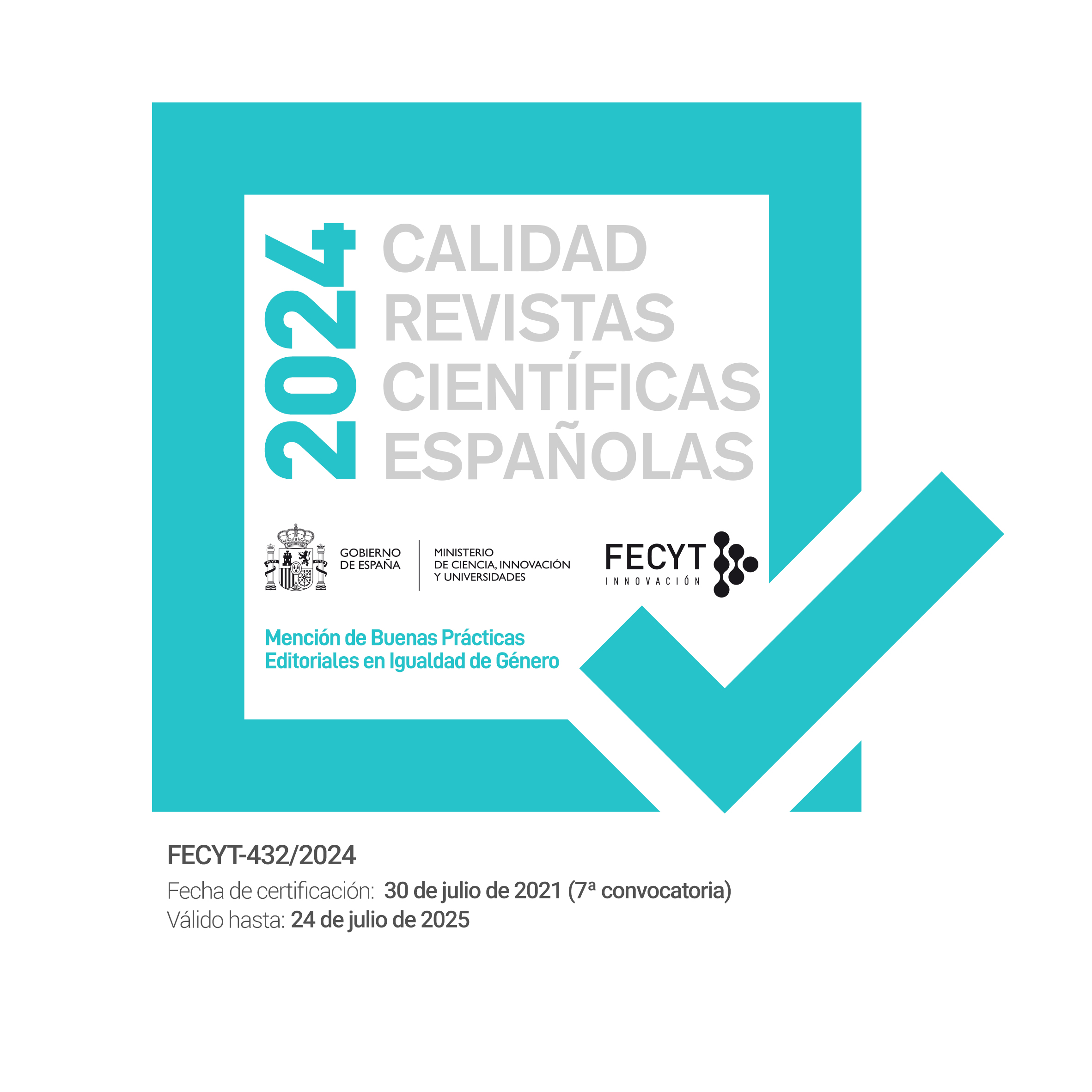Arte y periferia
Prácticas relacionales y contextuales en la ciudad de Valencia
Agencias de apoyo
- Ayudas para la Formación de Profesorado Universitario (FPU22)
Resumen
Partiendo de una exploración del libro Sombras de Ciudad de Iria Candela, este artículo examina el arte de contexto en relación con la periferia y cómo este se entrelaza con la gentrificación y el arte urbano. Se inicia analizando cómo el concepto de periferia ha evolucionado en el contexto español, destacando el papel del arte urbano como herramienta crítica y transformadora, capaz de resignificar la percepción de la periferia y de cuestionar las narrativas dominantes. El caso de estudio planteado, en la ciudad de Valencia ejemplifica estas dinámicas, centrándose en artistas del contexto de la ciudad como Luce, Anaïs Florin y Escif, quienes presentan propuestas contextuales que conectan con su entorno y ofrecen una respuesta estética a las realidades sociales que les rodean.
Descargas
-
Resumen315
-
PDF200
Citas
Ardenne, P. (2002). L’art contextuel. Éditions des presses du réel.
Bourriaud, N. (2002). Relational aesthetics. Les presses du réel.
Candela, I. (2007). Sombras de ciudad: Arte y contexto en Nueva York. Universitat Politècnica de València.
Devis, Á. (2023). El mural de Escif contra la explotación infantil desaparecerá a final de mes. Valencia Plaza. https://valenciaplaza.com/el-mural-de-escif-contra-la-explotacion-infantil-desaparecera-a-final-de-mes
Festival Circular. (2023). Luce en el Festival Circular. https://www.festivalcircular.com/luce-en
Fekner, J. (1980). Urban intervention and the language of graffiti. New York City.
Florin, A. (2023). L'Horta: Ni oblit ni perdó. Anais Florin. https://anaisflorin.com/lhorta-ni-oblit-ni-perdo
Florida, R. (2002). The rise of the creative class: And how it's transforming work, leisure, community and everyday life. Basic Books.
Foucault, M. (1986). Of other spaces: Utopias and heterotopias. Diacritics, 16(1), 22-27. https://doi.org/10.2307/464648
IVAM. (2022). Luce: Graffiti, pintura y paisaje. https://www.ivam.es/luce-graffiti-pintura-y-paisaje
Kruger, B. (1987). Untitled (Your body is a battleground). Public Art Project.
Lefebvre, H. (1974). La production de l'espace. Anthropos.
Lipovetsky, G., & Serroy, J. (2013). La estetización del mundo: Vivir en la época del capitalismo cultural. Anagrama.
Luce. (2022). Luce y Eltono: Intervenciones urbanas. Colab Gallery. https://colab-gallery.com/en/luce-eltono
Saurí, Carles Àngel. (2019). Luce: graffiti, pintura y paisaje. Valencia Plaza. https://valenciaplaza.com/luce-graffiti-pintura-y-paisaje
Sharon, Z. (2010). Naked city: The death and life of authentic urban places. Oxford University Press.
Soja, E. W. (1996). Thirdspace: Journeys to Los Angeles and other real-and-imagined places. Blackwell.
Derechos de autor 2025 Servicio de Publicaciones de la Universidad de Murcia

Esta obra está bajo una licencia internacional Creative Commons Atribución-NoComercial-SinDerivadas 4.0.
Works published in this journal are subject to the following terms:
- The Service of Publications from the University of Murcia (publishing house) keeps the published works’ copyrights, and favors and allows the reuse of these works under the license indicated in point 2.
- Works are published in the journal’s online edition under the license Creative Commons Reconocimiento-NoComercial-SinObraDerivada 3.0 España(texto legal). They can be copied, used, disseminated, transmitted and publicly exhibited, as long as: i) the author and original source of publication are cited (journal, publishing house and work’s URL); ii) they are not used for commercial purposes; iii) the existence and specifications of this license are mentioned.
3. Conditions for auto-file. It is allowed and encouraged that authors share electronically their pre-print version (the pre-reviewed version) and /or post-print version (the reviewed and accepted version) of their Works before the publication, since it promotes its circulation and dissemination. RoMEO color: green.










